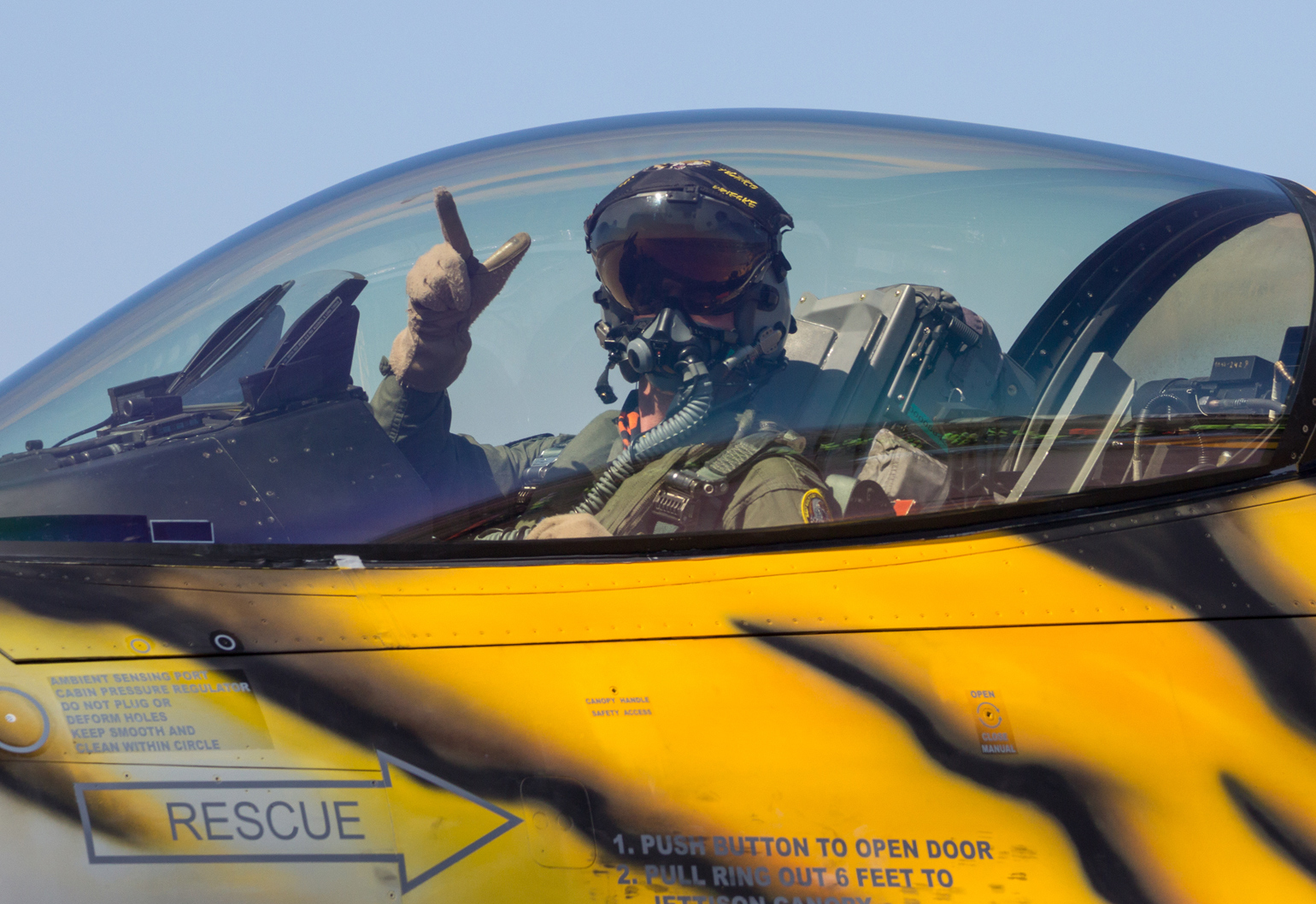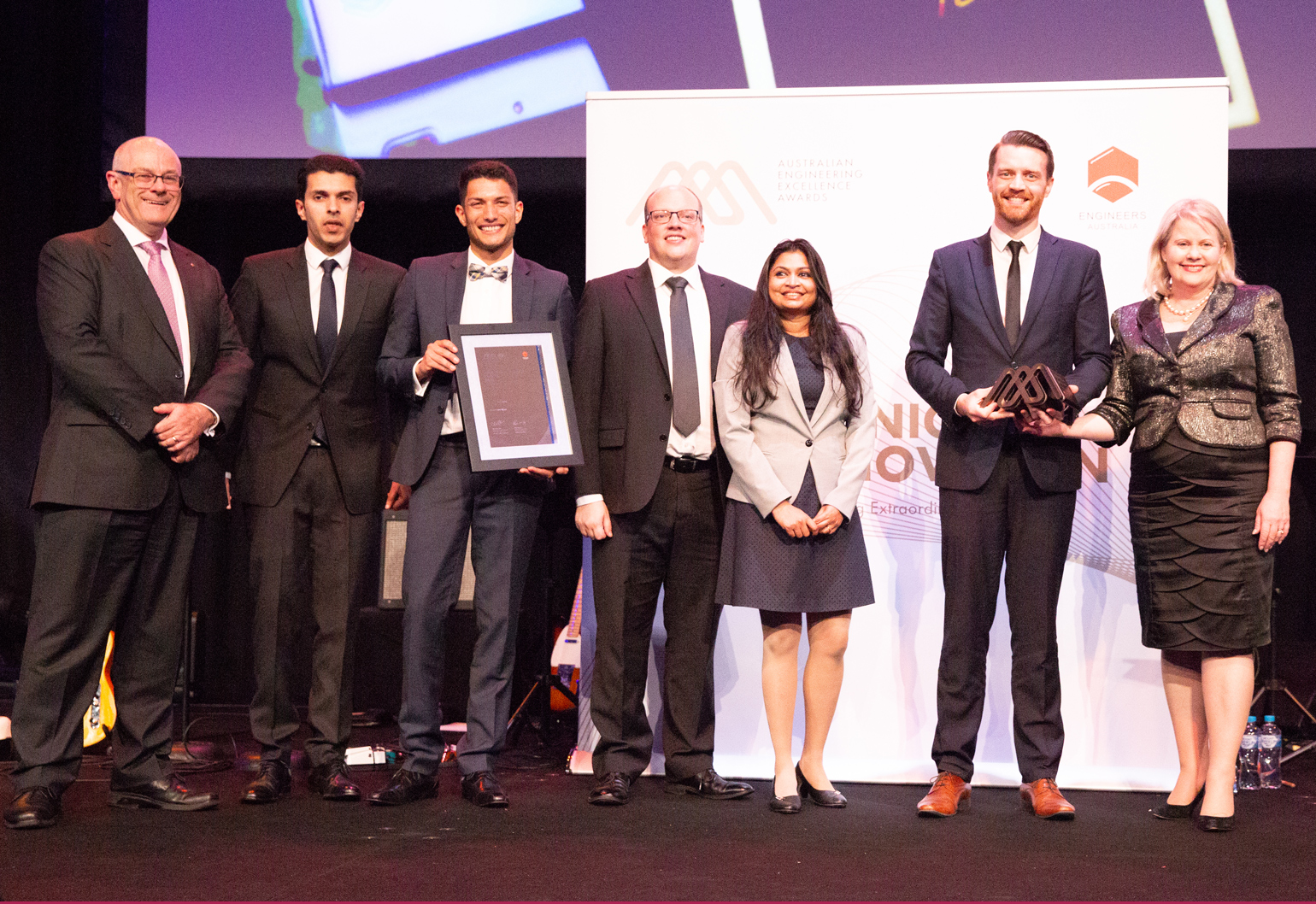create writer Jonathan Bradley spent his morning with fighter pilots learning their secrets to successful missions and how these methods translate into engineering.
We were an hour into our morning forum on Day 2 of the Australian Engineering Conference when a tall man in a khaki jumpsuit interrupted the speaker.
It was an urgent message direct from the top: people were growing increasingly jealous of engineers, and an insidious organisation known as the Bad Guys had launched an attack on all of us.
Not to worry: it turns out Engineers Australia had secretly been acquiring an air force of its own, and we had Boo, Camel and Simmo, three trained fighter pilots, on our side to help us plan a counter-strike over the next hour.
War games
It was all part of Afterburner Australia’s three-and-a-half-hour crash course in what thinking like a fighter pilot could teach us about our day-to-day work as engineers.
The session was led by Boo (aka Christian Boucousis), the managing director of Afterburner and former pilot of F/A-18 Hornets in the Royal Australian Air Force before founding a humanitarian support company in Afghanistan.
“I spend a lot of time with engineers,” he told us.
“What I find is, whilst we get there in the end, with my background and experience, sometimes I find it’s really lumpy.
“One thing that we’re really good at doing is designing and getting to a point where we pull the trigger, but in the execution phase, from what I see, it’s chaotic.”
The insight fighter pilots could offer drew on their experiences with carrying out complex tasks in situations where every single step needed to be precisely executed.
According to a MicKinsey study Boo quoted, 13 per cent of CEO’s reported executing their strategies effectively, but 98 per cent of fighter pilots did.
“If something goes wrong, the consequence is usually fairly dramatic, not just for ourselves but also for the people around us,” he said. If a fighter pilot’s mission isn’t successful, what’s on the line is measured in lives and equipment worth millions of dollars.
“We’re not looking to turn you into fighter pilots,” he said.
“We’re looking to give you information you’re unfamiliar with and see how you deal with it.”
That’s why he split us up into teams and tasked us with striking back against the engineer-envying Bad Guys. We needed to hit their main complex and take out a few additional targets, all while only losing, at best, just one of the planes in our hypothetical force.
He introduced us to his ‘Flex’ strategy, aimed at creating what pilots call ‘situational awareness’ — or clarity under high-pressure situations. This involved a cycle of planning, briefing, execution and debriefing.
Mission accomplished
Thrown into a sudden mid-morning war game, Boo’s operation took the teams through a one-hour mission planning tutorial in which we determined our mission objective, identified threats and available resources, evaluated the lessons we learned, developed a course of action and planned for any contingencies.
Every 15 minutes, we’d get weather updates or reports of surprise attacks that threw our expectations off course: clouds obscuring our targets, or some of our military hardware being lost in a surprise strike.
Jeelan Dodiya, a civil engineer working for BHP who attended the session, called it “eye opening”, and recommended it to managers and leaders.
“Most of my training or all of the extracurricular activities that I do is in the engineering arena,” he said.
“This is like a fighter pilot approach that you can apply in the engineering field. We never think about those type of strategies in our life because we haven’t been taught or we haven’t been able to learn anywhere.”
In the end, just one of the seven teams in the room that morning carried out their mission successfully. My team hit our targets, but we lost an FA/18 Hornet and an F-16 Fighting Falcon to anti-aircraft fire.
I might have learned how to think like a fighter pilot, but it is probably nonetheless for the best that I won’t be manning the controls any time soon.



